World War 2 was one of the deadliest wars in history. It took place between the most powerful countries from September 1, 1939, until September 2, 1945. More than 60 million people died in the war, including six million Jews who were killed in the Holocaust.
The assassination of the presumptive heir, Archduke Franz Ferdinand, by Gavrilo Princip (June 1914), was the most critical cause that immediately led to the start of the history-making world war 1.
Whereas, the world entered the Second World War on September 1, 1939, with Nazi Germany’s invasion of Poland.
This tragic event was the culmination of years of escalating tension and hostility among the major powers of Europe that had been brewing since the end of World War 1.
The most significant causes of World War 2 were the Treaty of Versailles, the rise of fascism and militarism in Europe, and the rise of Adolf Hitler and the Nazi party in Germany.
While many other factors contributed to World War 2, here are the top ten causes of World War 2.
What was the Molotov-Ribbentrop Pact?
Content
The Molotov-Ribbentrop Pact was signed in 1939 by the Soviet Union and Nazi Germany.
Who invaded Poland during World War 2?
Germany and the Soviet Union invaded Poland in 1939, leading to the outbreak of World War 2. This was part of Hitler’s plan for world domination known as the “New Order.”
What was Munich Agreement?
The Munich Agreement was signed in 1938 by the United Kingdom, France, and Nazi Germany to allow Nazi Germany to annex the Sudetenland.
10. The invasion of Poland
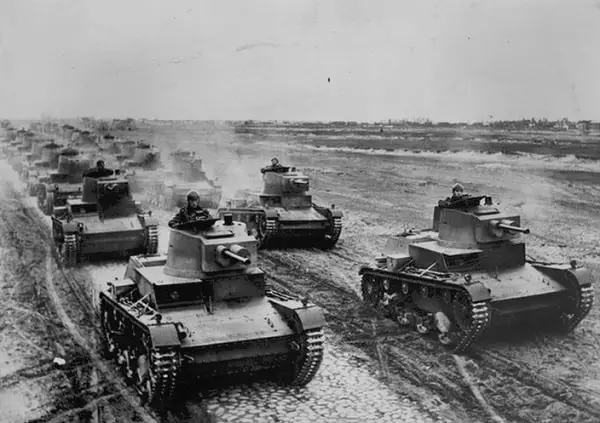
On September 01, 1939, Nazi Germany invaded Poland. This event is widely seen as the beginning of World War 2.
The invasion resulted from several factors, including the growing power of Nazi Germany and its expansionist policies, the unresolved issues from World War 1, and the British and French appeasement of Adolf Hitler.
The German invasion of Poland was aided by the Soviet Union, which later invaded Poland from the east.
Poland fell to Germany and Russia within a month of the invasion.
The German invasion of Poland resulted in Britain and France declaring war on Germany, thus beginning World War 2.
9. Japanese aggression in Asia
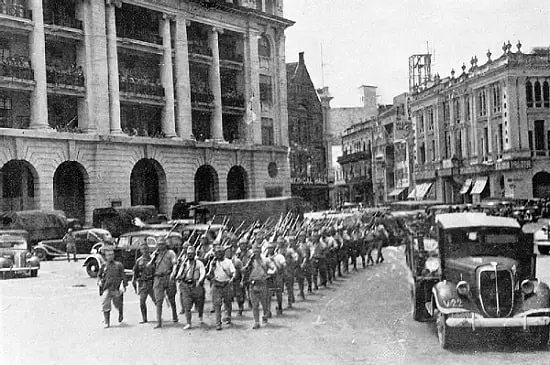
Japan’s growing imperialism and militarism were one of the causes of World War 2.
Japan had been expanding its empire in Asia for years, and In 1937, Japan launched a surprise attack on China, beginning a long and brutal conflict known as the Second Sino-Japanese War.
By 1941 it had occupied much of China and Southeast Asia. Its leaders were determined to create a “Greater East Asia Co-Prosperity Sphere” that would be free from Western domination.
Japanese militarism, expansionism, and aggressive tactics created tension with other nations and contributed to global conflict.
The United States, supplying Japan with oil and other resources, was alarmed by its aggressive behavior.
In 1941, the U.S. imposed a trade embargo on Japan to stop its expansion. This led to the Japanese attack on Pearl Harbor in 1941, resulting in a confrontation between the two nations and ultimately to war.
8. Italian aggression in Africa and the Mediterranean
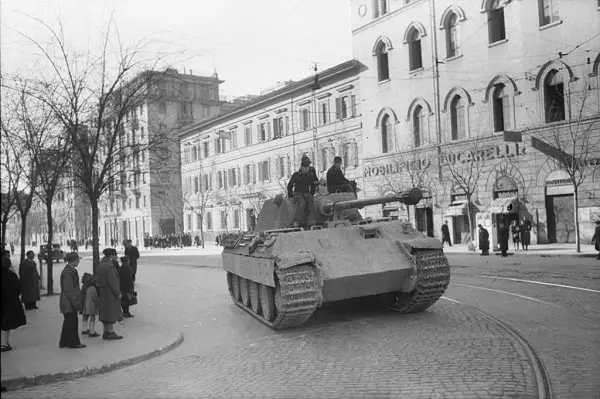
Since World War 1, Italy, allied with Germany, began to expand its empire in Africa during the 1930s.
It occupied and annexed Ethiopia in 1935, provoking widespread international condemnation and withdrawing Italy from the League of Nations.
Italy also clashed with Greece over control of Albania. In 1936 it formed an alliance with Germany known as the “Axis Powers.”
Italy’s aggressive actions in Africa and the Mediterranean contributed to the outbreak of World War 2.
They aroused suspicion and mistrust among other nations, especially Britain, which was concerned about Italy’s growing power in the region
7. The Spanish Civil War

The Spanish civil war of 1936 was considered a “dress rehearsal” for World War 2. The Spanish Civil War (1936-39) was fought between the Republicans and Nationalists.
The Republican forces were supporters of the government who wanted to maintain democracy in Spain; they included socialists, anarchists, and communists.
The Nationalist forces were led by General Francisco Franco and were supported by Nazi Germany and Fascist Italy.
The Spanish Civil War was a critical turning point in the development of World War 2.
It was the first time that fascist forces had successfully taken over a European country, and it served as a model for Hitler and Mussolini as they prepared to launch their invasions of Poland and France in 1939.
The Spanish Civil War also provided an opportunity for Germany and Italy to test new weapons on a large scale. At the same time, they were still relatively low-risk environments (compared with Western Europe).
Nazi pilots practiced bombing techniques using aircraft like Heinkel He 111s during the war – these bombers would later be used against Britain during World War 2.
The Spanish Civil War was also significant because it saw the first use of airborne troops – soldiers who were dropped from airplanes into battle.
Franco’s Nationalists used these troops to take the city of Toledo. The tactic was successful, and it set the stage for later airborne assaults during World War 2.
6. The Munich Agreement
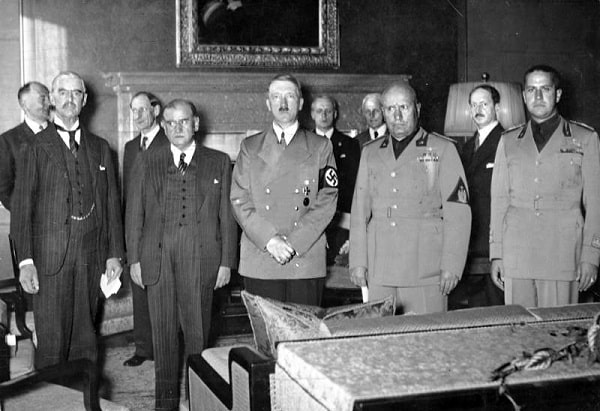
The Munich Agreement was a treaty signed in 1938 by Germany, France, the United Kingdom, and Italy.
It attempted to prevent war between Nazi Germany and Czechoslovakia by allowing Nazi Germany to annex the Sudetenland, a Czechoslovakia region with a large German population.
The agreement was seen as a significant failure by many. It allowed Nazi Germany to expand its territory and paved the way for its invasion of Poland the following year.
5. The Molotov-Ribbentrop Pact
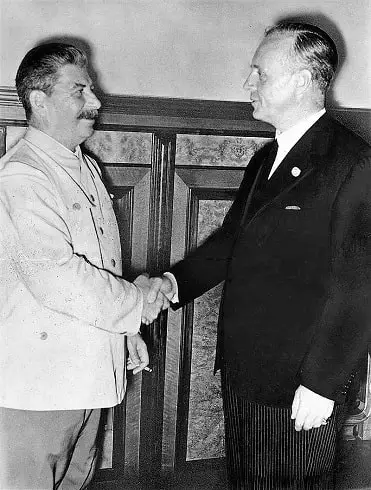
The Molotov-Ribbentrop Pact was signed in 1939 by the Soviet Union and Nazi Germany.
It divided Eastern Europe into two zones of influence, with the Soviets controlling the eastern half and the Germans controlling the western half.
The Molotov-Ribbentrop Pact was significant because it showed that Stalin was willing to deal with Hitler – even though this would mean turning his back on the other European nations.
It also demonstrated the power of Nazi Germany, which was able to force its will upon the Soviet Union.
As a result of the Molotov-Ribbentrop Pact, Europe became increasingly polarized, and war seemed inevitable.
4. The Re-Armament of Germany
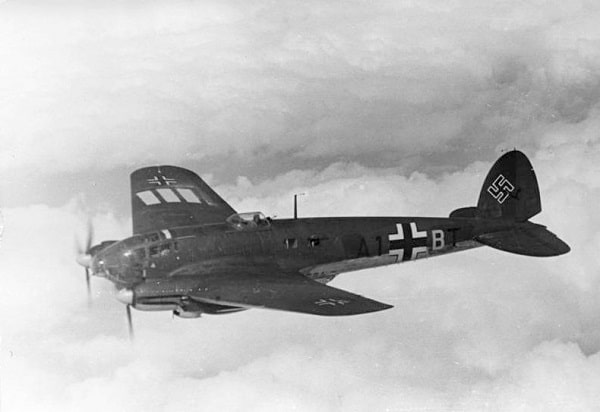
Germany violated the Treaty of Versailles re-arm in the late 1920s and early 1930s.
This was in part a response to the increasing militarism of Japan and Italy and fears that France and Britain might soon go to war with Nazi Germany again.
The re-armament of Germany was also a sign that the Nazi regime was preparing for another world war.
This, in turn, led to increased tensions among the major powers and helped contribute to the outbreak of World War 2.
3. The Rise of Fascism Nazism

Fascism is a political ideology that glorifies the state and nation above the individual and encourages aggressive expansionism.
Nazism is a variant of fascism based on racial supremacy and aggressive expansionism.
Both fascism and Nazism grew in popularity in the years leading up to World War 2 due to the social and economic instability caused by the Great Depression.
Fascist and Nazi regimes came to power in several countries in Europe, including Italy, Germany, Spain, and Portugal.
These regimes were characterized by state-sponsored violence and intolerance of opposing political views.
The fascist and Nazi regimes in Europe, most notably Germany under the leadership of Adolf Hitler, were significant factors contributing to the outbreak of World War 2.
2. The Failure of the League of Nations
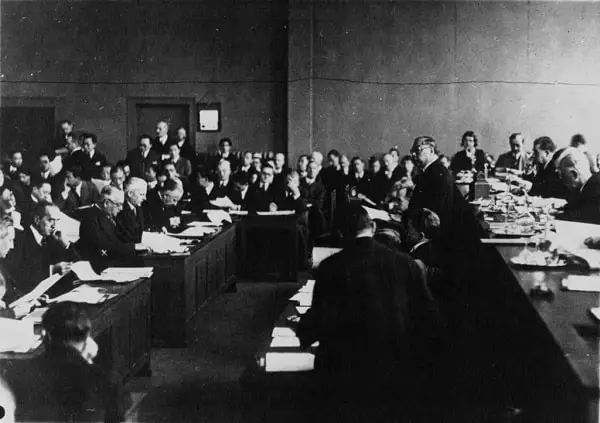
Another critical factor that led to the outbreak of World War 2 was the failure of the League of Nations. This organization was formed in 1919 due to World War 1 to promote international cooperation and prevent future conflict.
It consisted of member states who agreed to cooperate to maintain world peace.
The League of Nations was seen as a major failure to prevent World War 2. It could not stop Japan from invading Manchuria in 1931, Italy invading Ethiopia in 1935, and Germany annexing Austria in 1938.
Furthermore, the league failed to take any significant action when Nazi Germany invaded Poland in 1939, leading to the World War 2 outbreak.
However, the League of Nations was plagued by weaknesses from the start, including a lack of adequate military force and limited authority.
As a result, it could not prevent the outbreak of World War 2 or stop the spread of Nazi aggression.
1. The Treaty of Versailles

The Treaty of Versailles was the most important series of treaties that ended World War 1.
It took place on 28 June 1919 at the Palace of Versailles near Paris, France.
After a long series of negotiations and meetings between delegates from 27 countries, it officially ended more than four years of devastating warfare.
The treaty was harshly critical of Germany and its military, requiring the country to pay war reparations and disarm.
It also led to the establishment of the League of Nations, a precursor to the United Nations.
The Treaty of Versailles was seen as too harsh on Germany and helped contribute to Nazi sentiment.
It also created a power vacuum in central Europe filled by Nazi Germany and contributed to the outbreak of World War 2.
Conclusion
The causes of World War 2 are complex and varied but can be boiled down to a few key points.
Leaders were eager for war, democracies were weak and unprepared, the arms race was on, and countries were unwilling or unable to compromise.
These factors set the stage for disaster and led to one of the deadliest wars in human history.
It affected every continent on Earth and caused immense suffering and destruction. The consequences of World War 2 are still being felt today, more than 70 years after the war ended.
To commemorate the war’s consequences, a memorial is being constructed to honor Americans who served in the armed forces as well as civilians.
